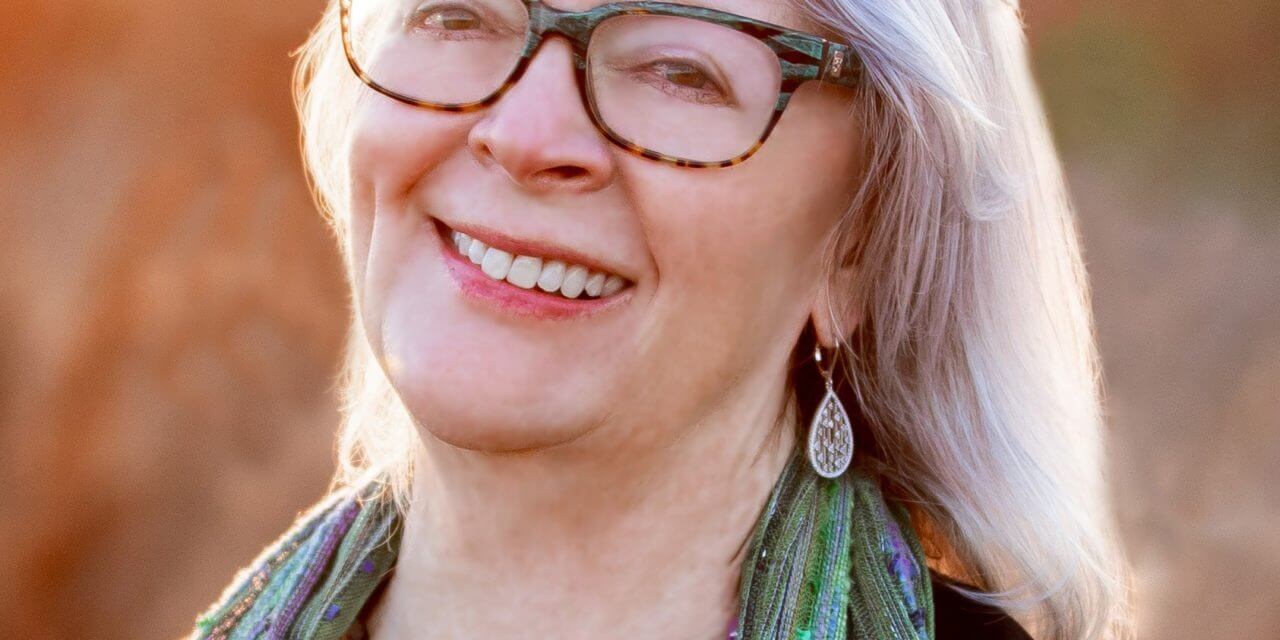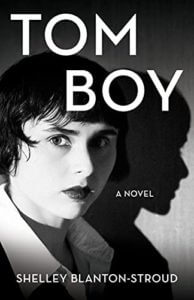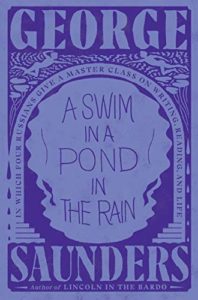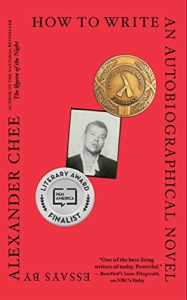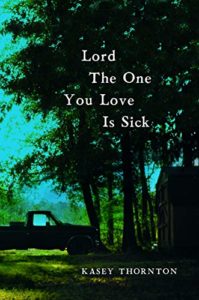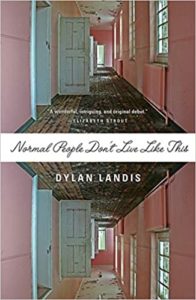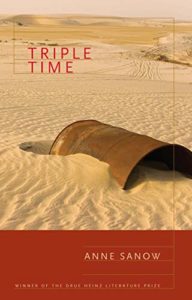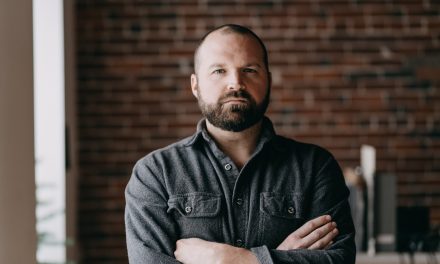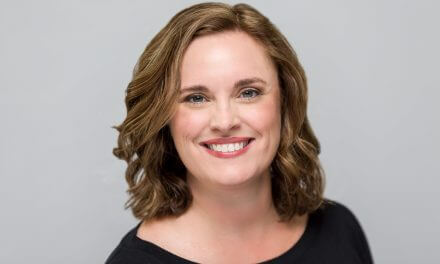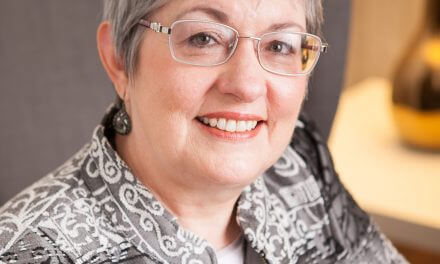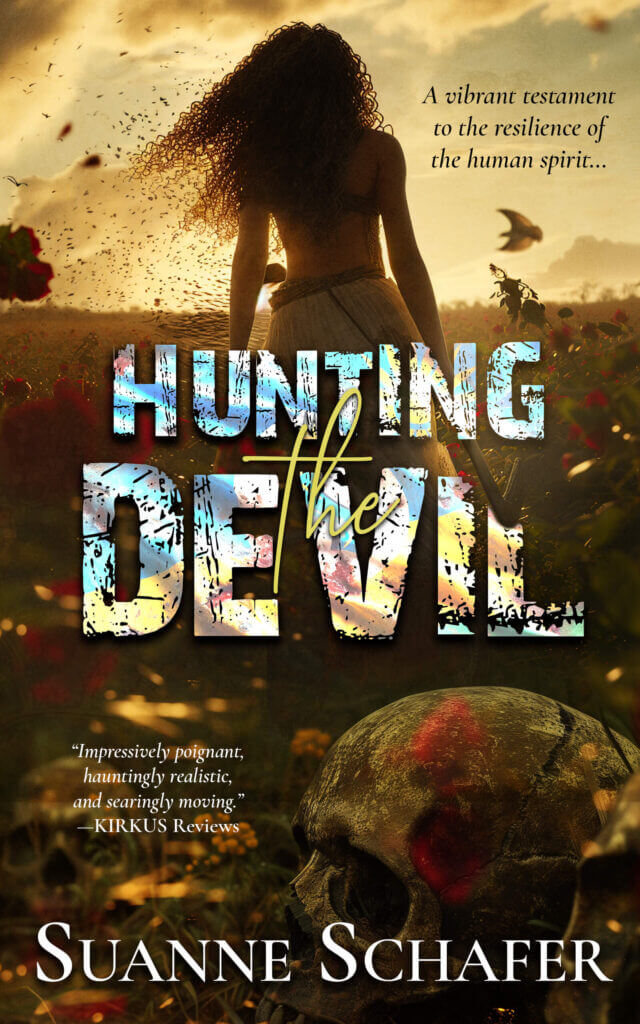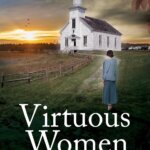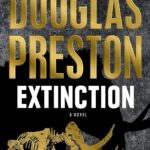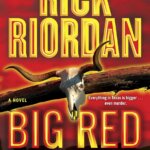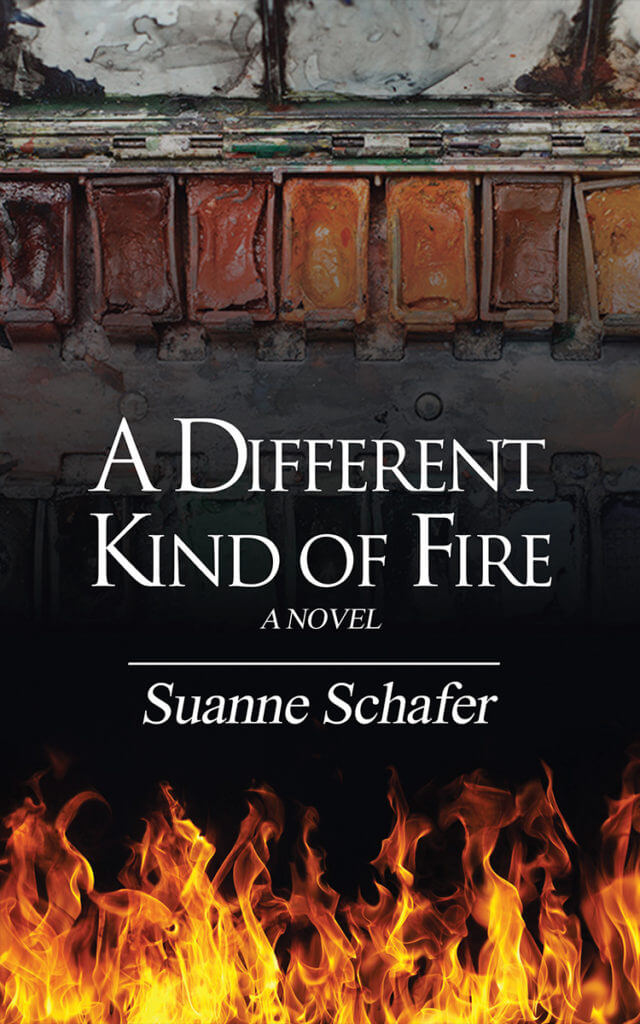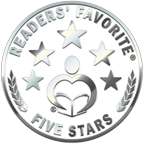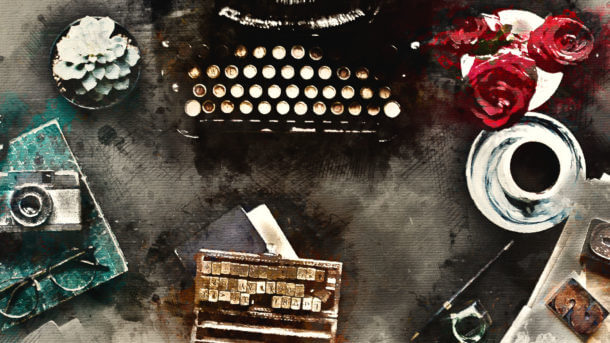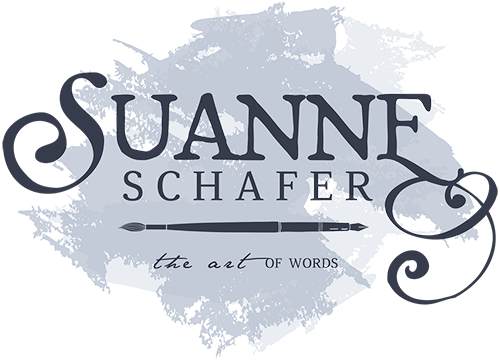Mary Camarillo is the award-winning author of the debut novel The Lockhart Women published by She Writes Press in June of 2021. She and I first met virtually while taking online classes from Stanford University’s creative writing program. Mary joins me today to chat about her new novel, her short stories, and her poems which have appeared in publications such as The Sonora Review, 166 Palms, Lunch Ticket and The Ear. She lives in Huntington Beach, California with her husband, who plays ukulele, and their terrorist cat, Riley.
SS: Welcome, Mary. Can you share a bit about your background?
MC: When I was fourteen, my aerospace engineer father was transferred from Charlotte, North Carolina to Southern California and then laid off with hundreds of other aerospace engineers when I was a senior in high school. I didn’t go to college, I went to work—in a drapery factory, a massage studio, and a pizza parlor. I’d save some money, quit, travel for a while, and then find another job.
When I came home from backpacking across Europe for three months by myself, a friend said the Post Office was hiring. I took the Civil Service test and was hired. I never intended to make a career out of the postal service, although it’s in my DNA. Both of my grandfathers were railway mail clerks, which is how my parents met.
I planned to quit before the Christmas overtime started, but I stayed on for several reasons. I know this sounds corny, but I believed in the mission statement of universal mail service. I liked the idea of getting all the mail out of the building and on its way to mailboxes around the world. I made lifelong friends, including my husband. The pay and benefits were generous—five weeks of vacation plus ten paid holidays, important to me because I love to travel.
And there were a wide variety of jobs to do besides sorting mail. I found a home in the accounting office, went back to school at night, and earned a business degree and a few promotions. I retired after ten years of managing financial and performance audits for the Office of Inspector General.
SS: Do you ever incorporate something that happened to you in real life into your novels?
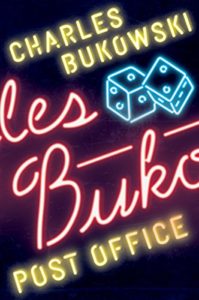
Although I’ve always respected the people I worked with, I’ve also been a critic of the way the postal service was managed. A lot of that made its way into The Lockhart Women.
SS: Have you always been driven to write? Or did you begin writing in response to a particular stimulus?
MC: In high school, I wrote poems and edited the literary magazine. I thought about a career in journalism but, unfortunately, let a sour journalism teacher change my mind. And when I tried to start an underground high school newspaper, the principal suggested that since I had enough units to graduate I could either leave or be expelled. So, I graduated early and went to work.
SS: I had a similar experience. I was organizing an activity for my school for the very first Earth Day—cleaning up the campus. The principal threatened me with expulsion if any of us hippies “did anything.” After that interruption, I’ll let you finish your thoughts:
MC: I kept writing poetry, but it wasn’t until I started writing audit reports for the OIG that I considered trying my hand at fiction. I realize auditors might bristle at this statement, but there are a lot of similarities between audit reports and fiction. Audit reports also tell a story, albeit in a prescribed format. Audit findings must contain specific elements including cause and effect. What is the cause of whatever is wrong? And what’s the effect of it being wrong? In other words, why did this happen and who cares?
This relationship between cause and effect is also crucial in writing fiction. A familiar example: The queen died, and the king died. These are simply two things that happened. So what? Everyone dies. The queen died, and the king died of grief is a story because one of these things caused the next, which makes the reader care.
Making stuff up is certainly more fun than writing an audit report, but as George Saunders says, “the problem is not in making things happen (“A dog barked,” “The house exploded,” “Darren kicked the tire of his car”) but in making one thing seem to cause the next.
SS: What do you always want to talk about in interviews but never get to?
MC: Auditing! No one ever wants me to talk about auditing. Thanks for humoring me.
SS: Who is the protagonist in your most recent work? Describe him/her in ten words or less.
MC: Brenda Lockhart is the protagonist in The Lockhart Women. Her oldest daughter Peggy describes her as beautiful, athletic, strong, selfish, careless, overly opinionated, vivacious, magnetic, overwhelming
SS: Was the decision of how to structure the novel obvious?
MC: I framed The Lockhart Women around the OJ Simpson trials for several reasons. I’m a debut novelist, and plot isn’t my strong point. My work is much more character driven. It was helpful to have a timeframe to use as scaffolding, and I thought it would be interesting to set the story in an historical moment. People tend to remember where they were, who they were with and what they were doing in those “flashbulb moments” such as such as the JFK assassination, 911, the Challenger Explosion and the Simpson chase and the “Not Guilty” verdict.
The Simpson trial came at a pivotal moment in American television news. In June of 1994, TV stations had just begun to use helicopters to report news. The image of the Ford Bronco on the empty freeway followed by police cars is iconic. Reality television had just begun. Cameras were allowed in the courtroom for the entire Simpson criminal trial, preempting soap operas and cartoons. And this was our first introduction to the Kardashian family. Today, Caitlyn Jenner is running for governor in California and Keeping up With the Kardashians has been on television for more than twenty years.
And to be clear, The Lockhart Women is not about OJ Simpson or whether or not he was guilty. The Simpson trial is the background noise of the novel, the soundtrack.
SS: In my second novel, I, too, used the Simpson moment-in-time as well as that of Tanya Harding and Nancy Kerrigan, to illustrate how much media attention went into covering them and how little coverage was given to one of the most horrific moments in human history: the 1994 Rwanda genocide. In The Lockhart Women, how did you make the decision regarding point(s) of view?
MC: Brenda Lockhart would have liked to have held center stage throughout the novel, but I decided the reader might find it too exhausting to see the world only through her judgmental eyes. I rotated the point of view in each chapter between Brenda and her two daughters, Peggy and Allison, which allowed me to show each character from different vantage points.
None of the Lockhart women are consistently likeable. Brenda is self-absorbed, Peggy describes herself as a doormat and Allison enjoys smoking weed, shoplifting and sex pretty much in that order. But they are human and eventually capable of change. As the wonderful writer and memoirist Susan Straight said, “These women are flawed and desperate and seeking redemption.”
SS: What was your first recognition/success as an author?
MC: My 99-year-old father was impressed that The Lockhart Women won first place for First Fiction over 90,000 words in the Next Generation Indie Awards because it came with a cash award and a giant medal. I’m more thrilled that two authors I really respect have just asked me to write blurbs for their novels.
SS: Writing is undoubtedly a lonely occupation. John Green (The Fault in Our Stars) says writing is a profession for introverts who want to tell you a story but don’t want to make eye contact while doing it. P. D. James (Cover Her Face) says it’s essential for writers to enjoy their own company. Do you see yourself along those lines? Are you a natural loner?
MC: I’ve been described as a severe introvert, but publishing a novel has forced me out of my shell. When I realized I’d need to talk about my book, I was almost paralyzed. What was there to say except “Read it.” But I resolved not to refuse to do things just because they scared me. I’ve now survived radio interviews, podcasts, in person bookstore presentations, IG Live interviews, and Zoom after Zoom conversations. It turns out I have a lot to say. I’m looking forward to going back into the introvert box, but I’m also having fun promoting this novel.
SS: Have any new writers grasped your interest recently?
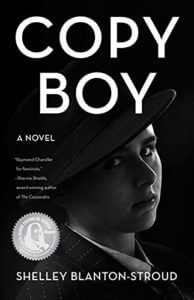
SS: Are there any books on writing you find particularly useful and would recommend?
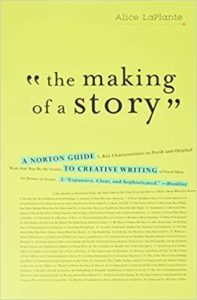
How to Write an Autobiographical Novel: Essays Alexander Chee’s collection of terrific essays about the writing process. Read this and then read Amsterdam.
The Making of a Story: A Norton Guide to Creative Writing Alice LaPlante’s classic from my very first writing class at Irvine Valley College taught by the wonderful Professor Lisa Alvarez. I refer to this book all the time.
SS: What are you working on at the moment?
MC: I have a very rough first draft of a novel told in linked stories set in 2017, post-Trump, pre-pandemic, concerning characters living in a fictionalized version of my suburban Huntington Beach neighborhood—a real estate agent, an aerobics teacher, a man living in his car, and a young boy who likes blowing things up.
SS: When you are creating a story, do you avoid reading books in the same vein so as not to be influenced by others, or do you seek out all possible variations for maximum inspiration?
MC: My friend/writing coach and novelist Diana Wagman told me last week that “Good writers “borrow but great writers steal.” I read widely and constantly, usually more than one book at a time, looking for inspiration, trying to figure out how the author made it work, or didn’t.

SS: What literary pilgrimages have you made?
MC: For my husband and me, travel is all about pilgrimages, musical, historical and literary. We’ve been to Johnny Cash’s birthplace in Dyess, Arkansas, two of Robert Johnson’s graves in Mississippi, and Merle Haggard’s boxcar in Bakersfield, California. We collect recording studios (Sun Records, Chess Records, Studio B in Nashville) and presidential libraries: (LBJ, Clinton, and Nixon.)
Our literary pilgrimages have included a Tennessee Williams walking tour in New Orleans, the Oscar Wilde House in Dublin, Ireland, the Zelda and F Scott Fitzgerald home in Montgomery Alabama, the Ernest Hemmingway homes in Havana, Cuba and Key West Florida, La Chascona, Pablo Neruda’s home in Santiago Chile, and the Robinson Jeffers Tor House in Monterey, California. There’s so much more on our bucket list, but the pandemic has slowed us down a bit.
SS: Which non-literary piece of culture could you not imagine your life without?
MC: I could not live my life without going out to listen to live music. My husband and I love music of all genres. We’ve seen our favorite band Los Lobos twice a year for many years, even in 2020—once at a drive-in convert and once at a hotel balcony concert. We love small clubs especially and are always willing to travel to see someone we already love or someone new that we want to know more about. Even the online concerts these past months have been almost satisfying, especially Hayes Carll, Allison Moorer, James McMurtry and Lyle Lovett. We can’t wait to get back out there and spend too much money on parking and beers.
LIGHTNING ROUND:
Describe your books in 3 words: Unputdownable family drama
Favorite thing about your genre? I’ve called my novel Women’s Fiction simply because it’s about women, and I’m a woman, so my favorite thing is how wide open the genre is.
Another genre that you would love to write: Horror
When writing, are you a night owl or morning person? Morning
Pantser or Plotter? Pantser
Book you’re currently reading: Phillip Lopate’s To Show and to Tell
Your favorite guilty pleasure: Currently binging The Chair on Netflix
Number one book boyfriend or girlfriend is: Olive Kitteridge
Your favorite genre of romance: Gritty
Who’s your favorite women’s fiction author? Elizabeth Strout
********************
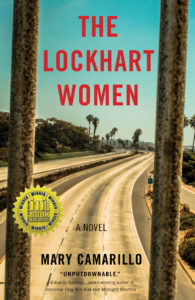
Amazon | Barnes & Noble | Libromobile | Bookshop.org |
********************
An excerpt from The Lockhart Women:
It’s June 17, 1994, and the Lockhart family is on the freeway heading to a party. Brenda is in the front seat of her husband Frank’s truck. The two teenage daughters are in the back seat. The traffic was moving and suddenly it’s not and people start pulling over. The youngest daughter says:
“Why are all those people standing on the overpass?” Allison asks.
Brenda looks up and indeed, there are dozens of people on the overpass, staring intently through the chain-link fence at the freeway below. A few of them hold signs. HONK IF YOU LOVE THE JUICE! RUN O. J. RUN! The man driving the green Corolla in front of them shuts off his engine and gets out of his car.
Frank rolls down his window. “What are you doing?”
“O. J.’s making a run for it,” the man says. “He’s behind us now, in a white Bronco, heading this way.”
“The Juice is loose,” a woman getting out of a car behind them yells. The crowd is giddy with the exhilaration of standing on the normally forbidden freeway. On the southbound side, cars are parked in the carpool lane, and their passengers lean over the center divider as if they are joining a neighborhood barbecue.
“Let’s get out.” Frank turns off the engine and jumps out of the truck, both girls right behind him.
“Be careful!” Brenda says as he reaches for Allison’s hand and glances over his shoulder, waiting for Peggy. She smiles. He may not be a faithful husband or a forgiving man, but he’s always been a good father. She gets out too and leans against the hood of Frank’s truck. It’s a beautiful metallic blue color, a nice contrast to her white midriff top.
The circus atmosphere around her, however, is unsettling. This morning’s newspaper said O. J.’s two young children slept through the attack on their mother and that the entranceway to Nicole’s pink stucco house was slick with blood. Brenda hasn’t been able to get the images out of her head.
She feels a rumbling sound overhead as a swarm of helicopters hovers above the freeway. The blades stir the warm mid-June evening air into a dusty cloud of cigarette butts, drink straws, and fast-food wrappers. Lights flash from the tops of at least twenty police cars and half a dozen motorcycle cops. The noise from the crowd intensifies as people cheer.
Brenda’s heart beats faster as a white Bronco with dark-tinted windows approaches, barely going twenty miles an hour. She doesn’t recognize the man hunched over the steering wheel, but she’s seen the larger man in the back seat before. He came into the steak house where she worked years ago, before she was married. O. J. Simpson, staring right at her, right now with big brown eyes. He doesn’t look like a murderer. He looks like a grieving man with a dead wife and two motherless children. She raises her right hand and waves. He nods slightly as the Bronco passes, followed by more police cars and motorcycles.
They all climb back in the truck.
“O. J. looked right at me,” Brenda says. “I think he recognized me.”
********************
You can follow Mary here on social media:
Website | Facebook | Instagram | Twitter
You can read more about Diana Wagman and Susan Straight at their websites.
********************
This post contains Amazon Affiliate links. As an Amazon Associate, I earn a small amount from qualifying purchases.
